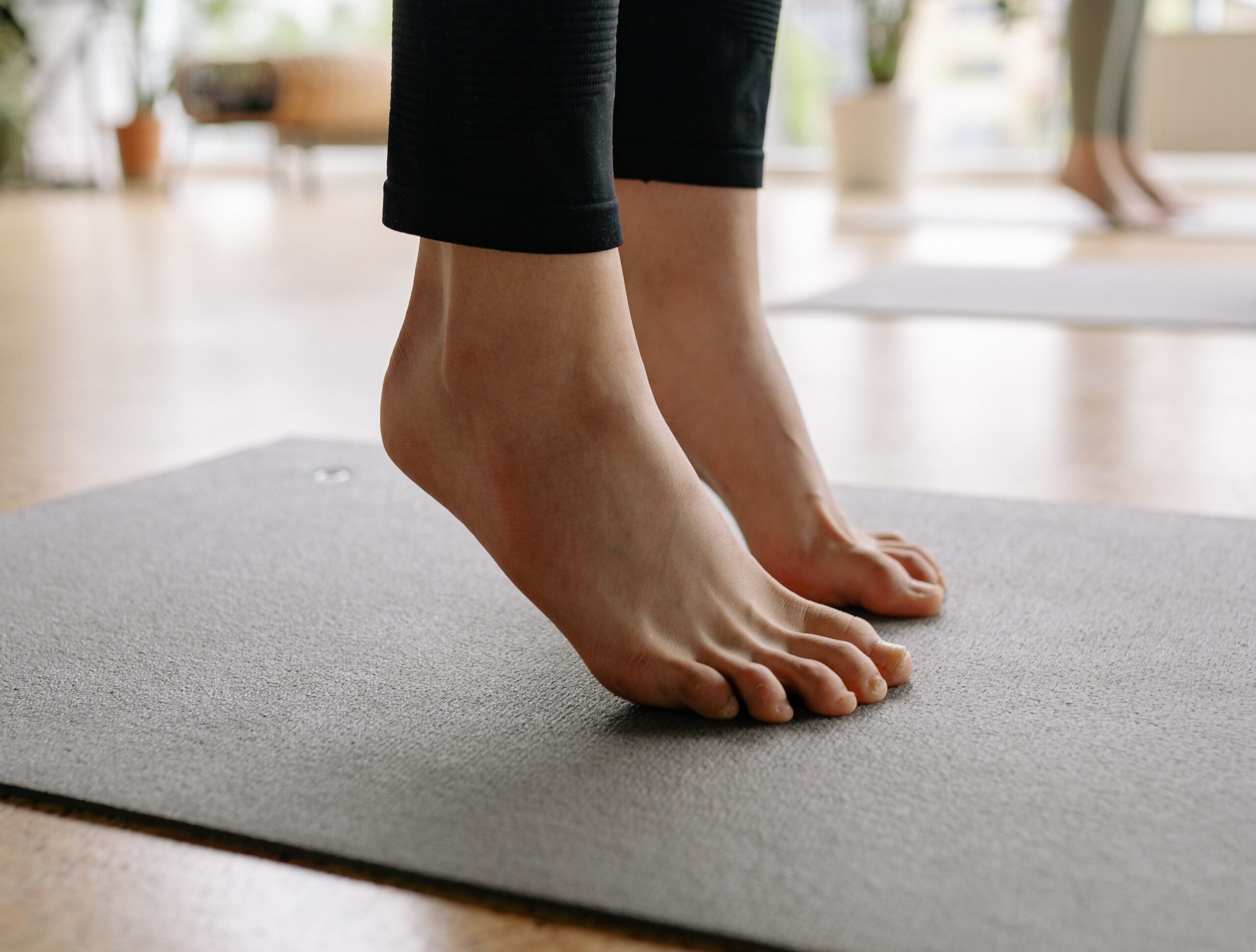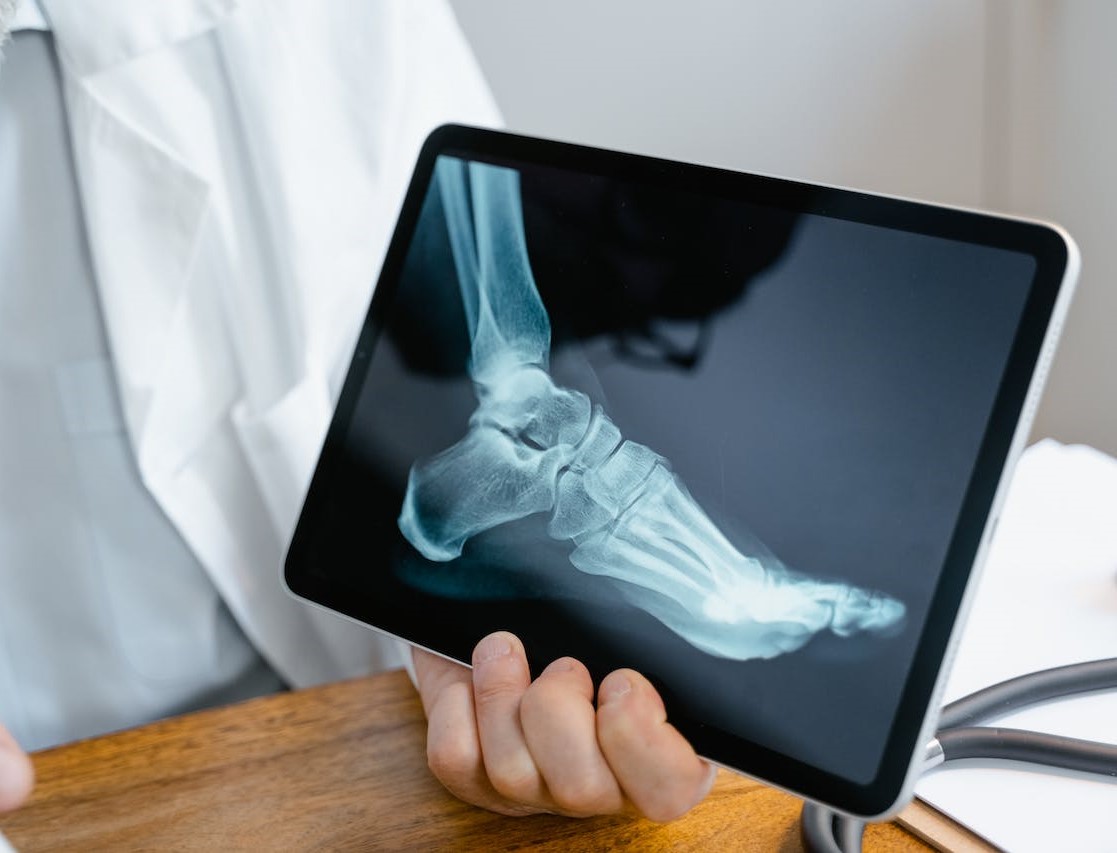Schedule An Appointment With Us
Are Your Symptoms Affecting Your Quality Of Life?
Consult our MOH-accredited orthopaedic surgeon for an accurate diagnosis & personalised treatment plan.
MBBS
MRCSEd
MMED (Ortho)
FRCSEd

Hammer toe is a foot condition characterised by an abnormal bend in the middle joint (proximal interphalangeal joint) of a toe, typically affecting the second, third, or fourth toes. The joint bends upwards, causing the toe to resemble a hammer.
While hammer toe can occur in any of the smaller toes, it is most common in the second toe. If not addressed in its early stages, the toe may become permanently bent, potentially requiring surgical correction.
The development of hammer toe is often linked to an imbalance in the muscles, tendons, and ligaments that maintain the toe’s position. This imbalance leads to the abnormal bending of the toe. Several factors contribute to this:
Common symptoms and signs of hammer toe include:

The process of diagnosing hammer toe involves several steps:
In the early stages of hammer toe, when the joint is still flexible, various non-surgical treatments can be effective.
Changing to Appropriate Footwear |
Initially, the foot specialist may suggest changing shoes to those with a wide or deep toe box to reduce pressure on the toes. High heels should also be avoided. These changes can help alleviate pain and prevent the toe from bending further. |
Toe Splints and Orthotic Inserts |
These devices can help realign the toe and relieve pressure. Toe splints exert a straightening force on the toe muscles, preventing them from tightening in a curled position. Custom orthotic devices placed inside the shoe can also help in redistributing body weight across the foot. This reduces stress on the toes and provides pain relief. |
Physical Therapy for the Toes |
The foot specialist may also recommend physical therapy involving toe stretches. Exercises such as toe curls strengthen the foot muscles and improve flexibility, potentially correcting muscle imbalance. |
Anti-inflammatory Medications |
For severe pain or inflammation, anti-inflammatory drugs can be used to reduce discomfort. |
If non-surgical treatments are not effective or if hammer toe becomes rigid or painful, surgical intervention may be considered.
This surgery targets the tendons that are responsible for the curled position of the toe. By lengthening these tendons, the toe can straighten out. This procedure is often suitable for less severe cases or when the deformity is still somewhat flexible.
In this procedure, tendons from the bottom of the toe are rerouted to the top, to help balance the muscles responsible for the toe’s movement and to straighten a hammer toe. This is also ideal for flexible deformities.
Fusion is often used for rigid hammer toe deformities. This procedure involves removing the joint surfaces and fusing the bones of the toe, typically using pins or screws. Fusion permanently stiffens the joint in a straightened, more functional position.
Schedule An Appointment With Us
Consult our MOH-accredited orthopaedic surgeon for an accurate diagnosis & personalised treatment plan.
A combination of lifestyle choices and an awareness of foot health can help reduce the risk of developing hammer toe.

MBBS
MRCSEd
MMED (Ortho)
FRCSEd
With over 18 years of experience, Dr Poh Seng Yew is an orthopaedic surgeon specialising in hip, knee, shoulder and elbow surgery, sports medicine, and trauma surgery.




Weekdays: 9.00am – 5.00pm
Saturdays: 9.00am – 1.00pm
Sundays and Public Holidays: Closed
Please leave us a message, and we will be in touch with you shortly.
Exercising with hammer toe requires some adjustments to ensure comfort and to prevent exacerbating the condition. Low-impact activities such as swimming, cycling, or yoga can be beneficial as they put less stress on the toes. Wear well-fitting, supportive shoes during exercise. Consult your foot specialist for exercise recommendations and modifications based on your condition.
If hammer toe remains untreated, the condition can progress, leading to increased discomfort and potential complications. The toe may become rigid and fixed in its bent position, making non-surgical treatment less effective. This progression can impact daily activities and overall foot health. Seeking early treatment from a foot specialist can help prevent these complications and maintain foot function.
The healing time for Hammer Toe varies depending on the treatment approach. Non-surgical treatments can provide relief over several weeks, whereas surgical recovery may take a few weeks to several months.